 During a job search, having an interaction with a recruiter that’s actually somewhat positive, professional or productive can feel a little like walking into a bathroom at a gas station and finding that behind the trash, flies and vagrants loitering directly outside, the bathroom is actually immaculately clean, well stocked and smells vaguely like lavender.
During a job search, having an interaction with a recruiter that’s actually somewhat positive, professional or productive can feel a little like walking into a bathroom at a gas station and finding that behind the trash, flies and vagrants loitering directly outside, the bathroom is actually immaculately clean, well stocked and smells vaguely like lavender.
You don’t have really high hopes that you’re going to walk away from anything that can only be accessed via a key that’s elaborately jerry rigged, MacGyver style, and even more rarely do you feel even a little OK about being unlucky enough to find yourself in a situation where you have to ask the guy at a gas station for the damned thing in the first place.
Going to a gas station bathroom, like searching for a job, is a situation most people don’t really want to be in, and if they’re unlucky enough to find themselves really requiring relief from their current situation (employment or otherwise), then you fully expect the experience is going to suck.
When you’re out of options, you have to suck it up and do what you’ve got to do. Every once in a while, you find a recruiter – or a restroom – that defies both your experience and expectations. That’s not the case in this story.
I Hate Myself For Loving You.
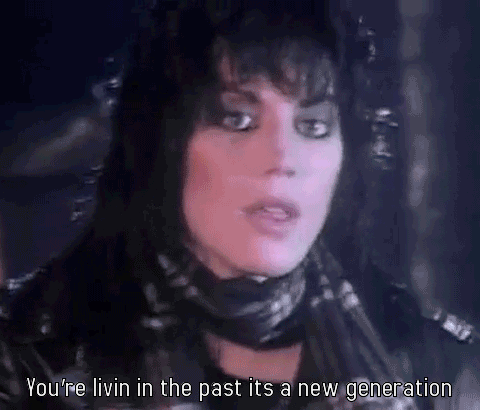 No, this story is, in fact, the recruiting equivalent of pulling off the highway and discovering that the remote rest station bathroom that’s the only option for miles has one broken toilet, a wet floor and no paper towels or toilet paper anywhere in sight – it reeks of shit. Now that I’ve set such a lovely scene, let me tell you what went down.
No, this story is, in fact, the recruiting equivalent of pulling off the highway and discovering that the remote rest station bathroom that’s the only option for miles has one broken toilet, a wet floor and no paper towels or toilet paper anywhere in sight – it reeks of shit. Now that I’ve set such a lovely scene, let me tell you what went down.
So. I was eating lunch one day, poking around the various social apps on my phone, when I spotted a job post from a recruiter on LinkedIn about a position that actually sounded like it could have some promise and enough potential to pursue, based on the title and location, which perfectly matched what I was looking for.
This happens rarely enough for me to get excited just long enough to realize that title and that location were, in fact, the only details listed on the job description, which had been posted by an agency recruiter identified only on the JD as “Eunice.”
C’mon, Eunice. If you’re an agency recruiter named Eunice whose recruiting strategy pretty much begins and ends with a basic LinkedIn account, it is a safe assumption that you are very likely one of the best and the brightest minds in recruiting today.
This is why I figured that if I shot Eunice a message asking whether or not my profile looked like a possible match for the position she had posted, I assumed that since the invariably vague titles in talent acquisition and HR tend to be pretty broad and have little logic or reason (or accuracy, for that matter) across our industry, she would have no problem reviewing my profile to see if there was a potential fit.
No biggie, right? I mean, what, it takes 30 seconds, tops?
Cherry Bomb.
 I know now I was being naive, and have learned the error of my ways the hard way. You see, I’ve discovered that even though good old Eunice had blasted the posting to her extended LinkedIn network (we shared a few connections).
I know now I was being naive, and have learned the error of my ways the hard way. You see, I’ve discovered that even though good old Eunice had blasted the posting to her extended LinkedIn network (we shared a few connections).
Even though she asked in the message accompanying the posting if anyone knew anyone who would be a good fit (and to send them her way, in fact), I had erred by committing as egregious a sin, as unforgivable and inexcusable a faux pas as one possibly can as a candidate.
You see, Eunice asked for interested applicants to e-mail her (these were “instructions,” as she later informed me, not a suggestion).
I did not email Eunice, and would regret that decision as soon as she actually called me to talk about the position, which began with an admonishment about my inability to follow “instructions,” since, you know, I didn’t send her an email (guilty as charged).
Nope, see, I made the assumption that since Eunice was part of my LinkedIn network, and she was posting a job there asking connections like me for assistance in filling a req she was working on, that it only made sense to contact her…on LinkedIn. So, I left a comment and left her my contact details right there, figuring that was probably the easiest way to throw my hat in the ring. If I wasn’t the right fit, then no harm, no foul, right?
This strategy seemed pretty logical, at least to me. But of course, logic has nothing to do with recruiting, which is why Eunice’s initial recruiting call immediately segued into her telling me that I was egregiously overstepping my boundaries by daring to inconvenience Eunice by not following her “instructions.”
She told me – and, being an agency recruiter, I have to assume she is also an expert on online etiquette – that sharing my career information on her posting (albeit one that appeared on a ginormous database used almost exclusively for professional purposes), was out of line.
How dare I overstep my boundaries by using her promotional post to promote myself?
After her tirade (hey, at least she said “hello,” first), she stopped, took a deep breath and after a long pause, asked me if I understood why this was not only an inconvenience for her, but also, a major mistake for me, the job seeker.
Did I understand?
Victim of Circumstance.

I thought for a minute, then replied to Eunice that, no, in fact, I had no idea what the hell she was talking about.
I mean, it was my understanding that LinkedIn exists primarily so that you can share your professional profile with contacts, connections and companies (and the public at large). It is also my understanding that the same site is also extensively used by recruiters to source and screen people to fill open positions, engage with potential candidates and drive referrals. I was clearly way off.
I had even heard that some recruiters even post open jobs to LinkedIn, right there on their profiles, as a status update. Recruiters like Eunice, right?
So when she called and led off our conversation by giving me a severe scolding, I most decidedly had no idea WTF she was talking about or why she targeted me for this little tirade. But when she asked if I understood, I swallowed my indignation, apologized, and made up some excuse about my lack of savvy when it comes to social.
If you’re looking for a job, you have to play the game by their rules, no matter how asinine or misinformed those “rules” (er, “instructions,” as Eunice would call them) may be.
So you do the dance, try to get past the gatekeeper and say what they want to hear, not what you wish you could tell them, which, in Eunice’s case, would probably not have been pretty.
So, still reeling from the lecture and admonishment she led off the call with, I decided it wasn’t in my best interests to just hang up after giving her a piece of my mind, like I was so, so tempted to do. Instead, I decided to subject myself to the painful process of Eunice continuing our conversation with an intense interrogation about WTH I’d been doing during my time on Earth.
She seemed quite perturbed as I tried to explain why I wasn’t currently working, why there were gaps on my resume and why my recent career trajectory was so sporadic these past few years.
She never said it outright, but I could tell she was screening me to figure out what, exactly, was wrong with me (and if she could explain it to her clients, no doubt).
Trust me. I know from experience that having a non-traditional career path may generate a little bit of confusion, and that the road less travelled is the one recruiters generally avoid taking when it comes to considering candidates.
I responded to Eunice’s interrogation with a plethora of prepared and well rehearsed answers to the countless questions she had about my seemingly infinite inadequacies and sundry shortcomings, just like I had to with most recruiters who probed into my professional history and profile.
For some reason, though, it felt different with Eunice on the other end of the phone.
Bad Reputation.
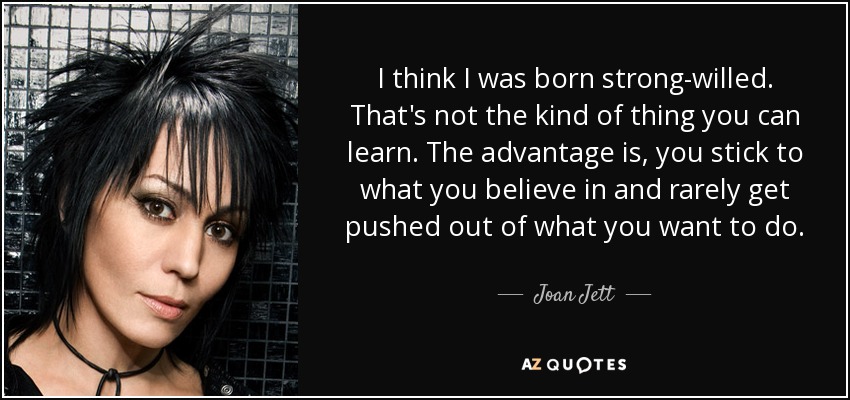
Even though she wasn’t asking any questions I hadn’t heard before, it was the way in which she asked and responded to them that made me feel like the subject of one of those random, ridiculous online controversies that pop up seemingly every day, fueled by misleading headlines, false assumptions, unfounded accusations and a scandal driven more by soundbites and screenshots than substance.
You know what they say about assumptions, right? Well, let’s just say, Eunice had a lot of assumptions about my life decisions and whether or not blue chip companies like her clients should even deign to consider someone like me (which is to say, whether she had a shot in hell in making a placement fee off of me).
I felt violated, frustrated and, well, angry by her line of questioning, but resigned myself to the situation, optimistic that her unwarranted animosity and adversarial treatment would soon pass. I sensed she was simply testing me, that if I was patient and polished and professional, she’d realize I could handle her hiring manager, she’d lay the hell off, and we’d both have a good laugh about it at the end of the hiring process.
That was a nice thought, but a fleeting one. Because Eunice abruptly interrupted me to inform me that since all she had was my LinkedIn profile, she would need me to send her a resume before we continued our conversation, since it was too difficult for her to screen me without having a traditional CV in her records.
Eunice felt she couldn’t figure out what I’d done or what I was about without seeing it on paper (profiles didn’t do), so there was no point in talking more until I could send her my resume – and was there any chance I could do that while she had me on the line? I told her while I did have a recent copy, I wasn’t able to access it immediately.
Could it wait, I asked? She laughed, replied that it could, but the job and client couldn’t (nor would she), and reiterated she would be moving on if I didn’t move on getting her a copy of my resume right now.
Make Believe.

Hold up, I thought. I was still unsure if speaking any further even made any sense. Why would I send my resume into someone who clearly didn’t respect me in any way, treated me like crap and saw me as an inconvenience to be overcome rather than a placeable candidate.
Which, even after all of this, I was still unsure of myself, since she hadn’t shared any basic details about the role to this point, and asked if she could fill me in before a peon like me wasted any more of Eunice’s precious time, since she was clearly a busy woman with more important things to deal with than candidates like me.
After some hemming and hawing, turns out that the title and location on the post were about the only things Eunice did know about the job – she could tell me the salary range, rattled off a few buzzwords about what the company was looking for and some superlatives about the “opportunity” and her client.
Eunice seemed to lose her patience when I asked for clarification, particularly since the salary they were offering was well below market rate for the role; it was on the low end of my expectations, and I told her so. I had hoped that she would respond by listing the other considerations that made up for the significantly low salary that would entice me to consider the position.
You know, that whole “recruiting” thing that recruiters have to do sometimes – that was all I wanted from her. Was that really too much to ask after Eunice had already subjected me to her full wrath and intense interrogation prior to telling me she had no details other than the position paid peanuts? I mean, surely she had some sort of schtick.
Once again, I had overestimated Eunice. Instead, she rudely admonished me, insisting THAT job title listed was set in stone, and THAT compensation package was what the company was willing to pay for it, period.
Of course, there’s no continuity or consistency with job titles in the talent acquisition and management profession, so I thought it made sense to make sure that we were aligned on job function and expectations while we were already speaking. You know, just make sure we were on the same page before deciding whether or not it was a fit (I had a suspicion that it wasn’t worth pursuing, but she worked for an agency, so I wanted to make sure I was doing my due diligence, too).
Normally, when candidates don’t ask follow up questions, recruiters interpret this as a lack of interest. In her case, she took it as a personal affront that I was overstepping my bounds as a candidate.
Eunice suddenly snapped, told me that she needed my resume and rather than speak to all my concerns right now, we should discuss once she had that document in hand. I thought she was offering something like a second chance after our disastrous first encounter, and despite my better judgement, I decided I was willing to give Eunice one, too.
She asked me about availability, told me she could only do tomorrow, and I suggested (reluctantly) we set aside some time to talk at 1 PM. She obnoxiously responded that she was three hours ahead, and we had different 1 PMs. This, friends, is big data in action – so, I tried to clarify I was referring to 4 PM her time, 1 for me in the PST.
Yes, she understood, she said, her tone implying that my suggesting that this choice was an imposition. Trying to help, I asked if there was a better time for her. She just sighed, said that she just wanted to get through our conversation, and that she’s somehow make that time work, even though it was Pacific Time and later than she normally did phone screens. As a courtesy to me.
Yeah, right.
You Don’t Own Me.
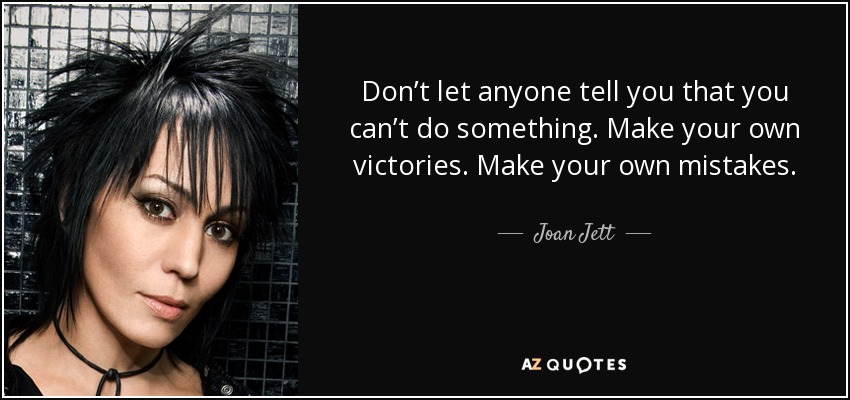
Dreading the thought of a repeat performance the next day, before we hung up I told Eunice that even if I sent my resume, it didn’t tell a whole lot more information about my background, experience or professional history that wasn’t already in my LinkedIn profile – the latter, in fact, is far more descriptive and has much more information than the 1-2 pages you get on a traditional resume.
As tactfully as I could, I inquired about her maybe referencing that profile in lieu of me sending a resume, which was essentially just a separate, abbreviated version of the same qualifications. I mean, if she wanted to know more about me, why did she want less information about me, when she already had a comprehensive work history that was a close enough match to get her to pick up the phone, even after my LinkedIn faux pas.
Her response, again, was something that sounded like a mix of disgust and condescension – but this time she didn’t even try to hide how she really felt about me. Eunice suddenly asked, “wait, don’t you have bullet points in you resume?”
I assured her that yes, I did – but that was a minor formatting difference. I reiterated I wanted to be respectful of her time, and didn’t think having a whole other conversation about my resume made sense since we’d just had one about my LinkedIn profile.
I was willing to do so if needed, but didn’t want to waste any more of Eunice’s time, since she had stated earlier that she needed the position filled as quickly as possible, and hadn’t even figured out whether or not I was a candidate yet, even after a pretty extensive (albeit one sided) conversation.
I know. Ridiculous, right?
You Don’t Know What You’ve Got.

The audacity that any candidate would try to be respectful of a recruiter’s time, or not be willing to waste their own as required? After all, if candidates really want a job, or want to work at your company, they’d better prove it by doing whatever the hell you ask of them during the hiring process.
Most will, simply because they want the job. But if you’re a recruiter, you should have enough respect for your candidates to make this process as painless as possible instead of adding unnecessary obstacles and roadblocks to an already arduous process.
It’s not audacious for a candidate to ask for information to establish mutual interest before continuing conversations, or preposterous to think that a two way exchange of information is both logical and appropriate – no matter what Eunice seemed to think, recruiting is about creating an value exchange, and you give what you get. Which is why recruiters like Eunice are worthless, if you ask me.
If she had elaborated more or been prepared to discuss her search criteria, if she had started with small talk instead of launching into a patronizing and somewhat insulting lecture impugning my professionalism, then maybe I’d have been more receptive to going along with a follow up call and sending her my resume.
Maybe if she has given the impression she cared about me and not just getting enough candidates in front of her hiring manager to make a placement, or maybe if the bitterness oozing from her end of the phone was less dripping with disdain or she had used a tone to convince me that she could be trusted wth my future career prospects as an asset and advocate instead of a liability, I could have worked with Eunice.
You know, even if I wasn’t a fit for the job, I could have referred her to others in my network, recommended her to my many friends and contacts who utilize agency recruiters regularly or simply maintain some sort of rapport based on mutual respect as recruiters.
I do this frequently, and go out of my way to help good people find jobs, and good recruiters find good people, and do so whenever I can help.
That’s what good recruiters do. Eunice will never know this, of course.
I’m just another candidate who declined to send her a resume, and she moved on, I’m sure, and likely continues to work reqs and interact with candidates for this same client (and probably a lot of others, too).
This makes me sad, that recruiters like Eunice are the face of recruiting, and they will likely continue being condescending to candidates, berating job seekers for the smallest of transgressions, or treating them like second class citizens if they don’t face any repercussions for this behavior. Candidates won’t rock the boat, and clients just want candidates – which is why it’s up to recruiters to make the job search suck less.
Don’t be Eunice. Remember, as painful as recruiting can be sometimes, looking for a job is even more painful. Watch your tone, mind your manners and remember: without candidates, we wouldn’t need recruiters, and you’d be on the other side of the desk.
For now, all candidates can ask is for a little respect, human dignity and not having to deal with recruiters like Eunice during their job search. If we can’t give every candidate an offer, than at least we should be able to give them that much. It’s not a whole lot to ask.
Unless, of course, you ask Eunice. Just don’t hold your breath.

About the Author: Leveraging her unique perspective as a progressive thinker with a well-rounded background from diverse corporate settings, Kelly Blokdijk advises members of the business community on targeted human resource, recruiting and organization development initiatives to enhance talent management, talent acquisition, corporate communications and employee engagement programs.
Kelly is an active HR and recruiting industry blogger and regular contributor on RecruitingBlogs.com. She also candidly shares opinions, observations and ideas as a member of RecruitingBlogs’ Editorial Advisory Board.
Follow Kelly on Twitter @TalentTalks or connect with her on LinkedIn.




 3.
3. 
 About Our Author: Zack Gallinger is the founder of a website design and marketing company,
About Our Author: Zack Gallinger is the founder of a website design and marketing company, 
 1,000,000,000
1,000,000,000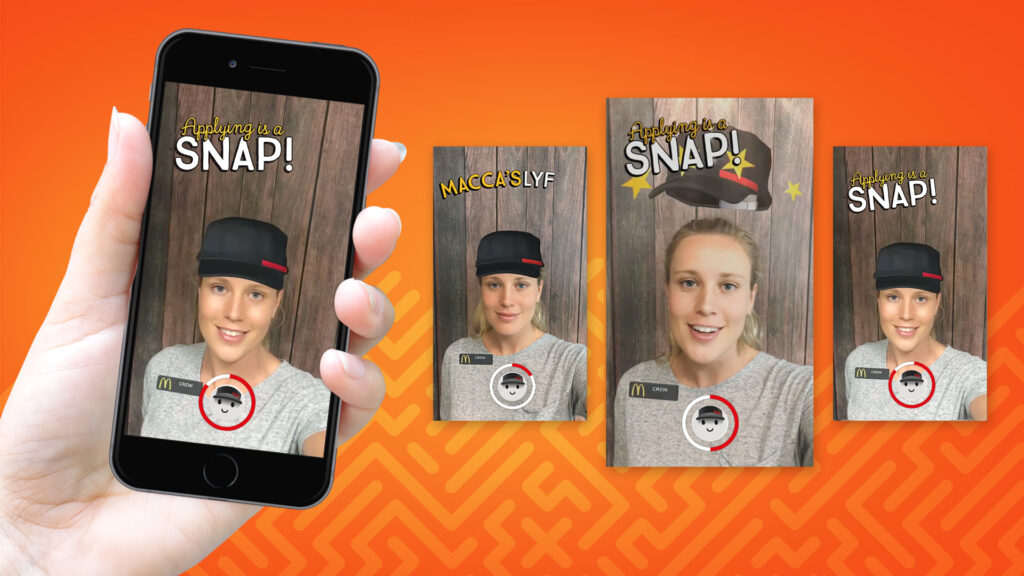



 “If we knew what we were doing, it wouldn’t be called research.”
“If we knew what we were doing, it wouldn’t be called research.”  You’re passionate about research. You love sleuthing out information, grasping complex subjects, knowing where to go and what to do with findings. But right now, that all anchors to staffing and HR.
You’re passionate about research. You love sleuthing out information, grasping complex subjects, knowing where to go and what to do with findings. But right now, that all anchors to staffing and HR. Believe it or not, if you are great at doing research, you may have more career portability than anybody else out there. Research is research is research.
Believe it or not, if you are great at doing research, you may have more career portability than anybody else out there. Research is research is research.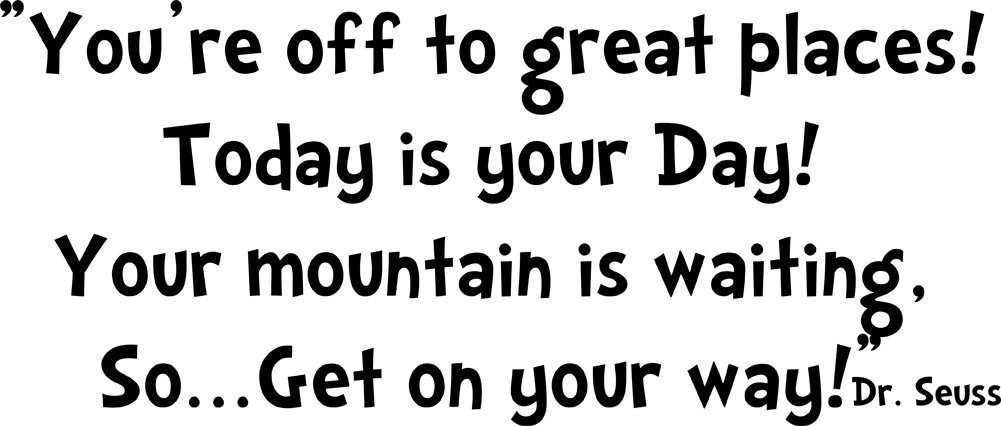
 It may sound crazy, but there are so many consistent themes with all these people. That’s why I urge you to contemplate what else you can do were you to leave “sourcing” behind in favor of a career about “finding stuff out.”
It may sound crazy, but there are so many consistent themes with all these people. That’s why I urge you to contemplate what else you can do were you to leave “sourcing” behind in favor of a career about “finding stuff out.”
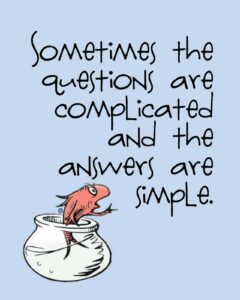 When companies make plans to develop or deliver a product or service to market, they begin with
When companies make plans to develop or deliver a product or service to market, they begin with 

 David Carpe lives with his wife, kids, and a gaggle of dogs by a farm north of Boston. He spends his free time wrapping up
David Carpe lives with his wife, kids, and a gaggle of dogs by a farm north of Boston. He spends his free time wrapping up 
 No, this story is, in fact, the recruiting equivalent of pulling off the highway and discovering that the remote rest station bathroom that’s the only option for miles has one broken toilet, a wet floor and no paper towels or toilet paper anywhere in sight – it reeks of shit. Now that I’ve set such a lovely scene, let me tell you what went down.
No, this story is, in fact, the recruiting equivalent of pulling off the highway and discovering that the remote rest station bathroom that’s the only option for miles has one broken toilet, a wet floor and no paper towels or toilet paper anywhere in sight – it reeks of shit. Now that I’ve set such a lovely scene, let me tell you what went down. I know now I was being naive, and have learned the error of my ways the hard way. You see, I’ve discovered that even though good old Eunice had blasted the posting to her extended LinkedIn network (we shared a few connections).
I know now I was being naive, and have learned the error of my ways the hard way. You see, I’ve discovered that even though good old Eunice had blasted the posting to her extended LinkedIn network (we shared a few connections).






 I can’t believe I started my adventures in employment law thirteen years ago, when I accepted my first job out of law school as an associate at a prominent “Plaintiffs’ Firm,” a practice primarily preoccupied with helping clients seek financial redress for their injuries in the form of monetary damages.
I can’t believe I started my adventures in employment law thirteen years ago, when I accepted my first job out of law school as an associate at a prominent “Plaintiffs’ Firm,” a practice primarily preoccupied with helping clients seek financial redress for their injuries in the form of monetary damages. Kate Bischoff advises organizations in a wide range of industries on employment law and human resources issues, from recruitment and workplace culture to terminations. Kate is passionate about improving company culture and using technology (social media and data analytics) in the workplace. Kate speaks from experience when advising clients when administrative and court matters commence.
Kate Bischoff advises organizations in a wide range of industries on employment law and human resources issues, from recruitment and workplace culture to terminations. Kate is passionate about improving company culture and using technology (social media and data analytics) in the workplace. Kate speaks from experience when advising clients when administrative and court matters commence.

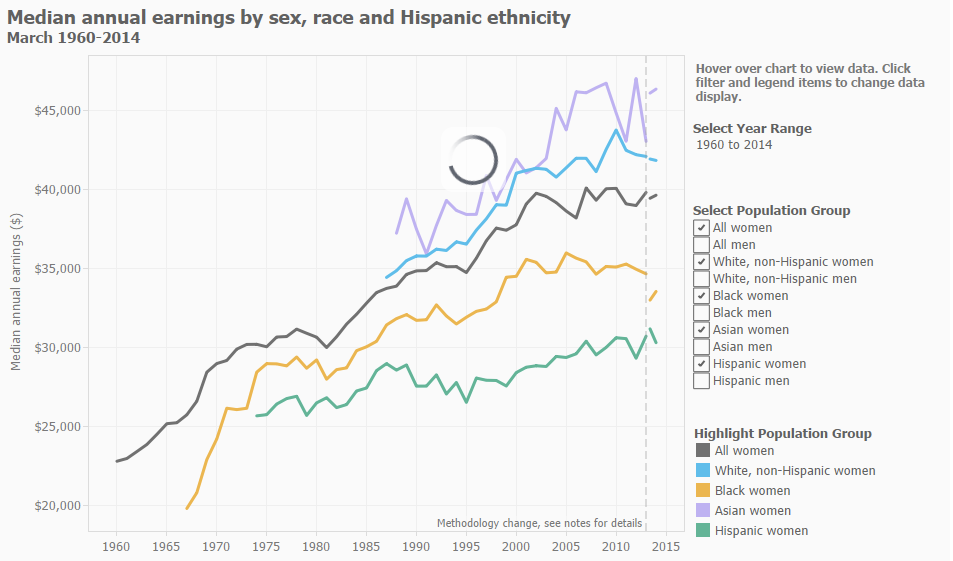
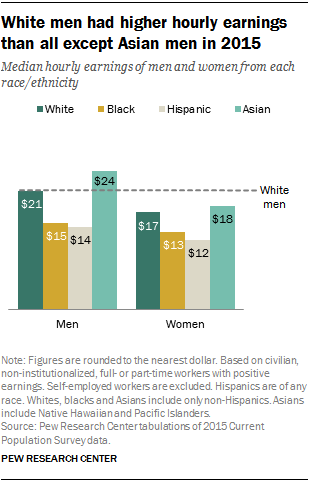 So as we mark the 2017 version of Equal Pay Day, it’s important to remember how futile a half century of efforts have proved to be when it comes to closing the gender based wage gap.
So as we mark the 2017 version of Equal Pay Day, it’s important to remember how futile a half century of efforts have proved to be when it comes to closing the gender based wage gap.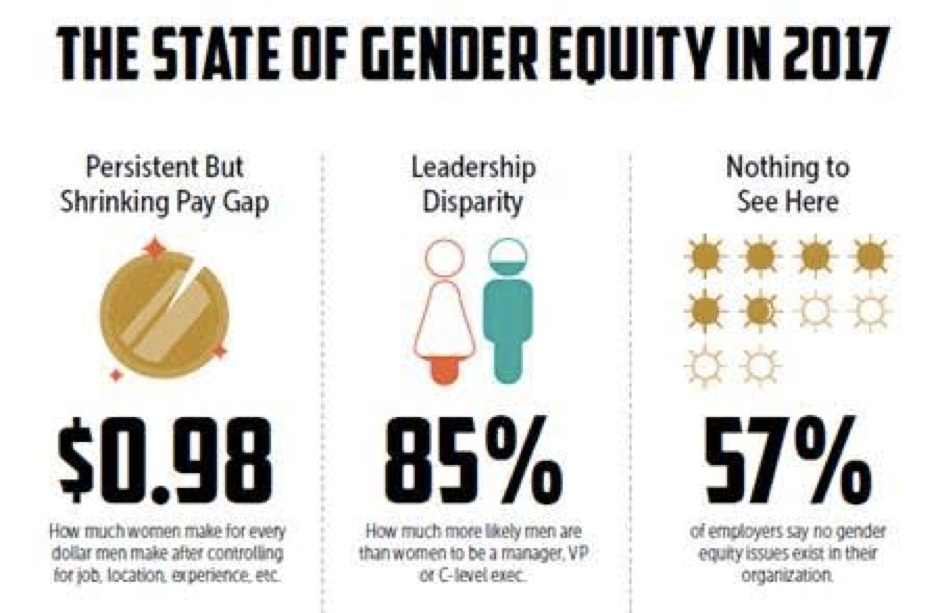
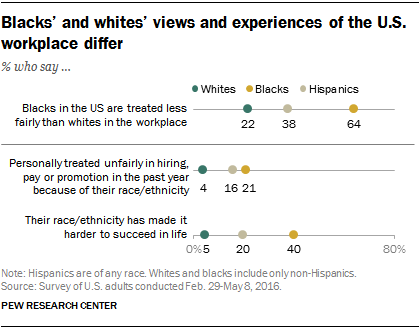 Compare this with data from
Compare this with data from 
 There’s not a day or conference that goes by where a herd of recruiters gather around and try to out complain one another about
There’s not a day or conference that goes by where a herd of recruiters gather around and try to out complain one another about
 3. Be Googleable
3. Be Googleable 5. Give Without Expectation
5. Give Without Expectation 7. It’s not About You
7. It’s not About You About our Author: Brian Fink
About our Author: Brian Fink
 It was reportedly Ted Kennedy’s greatest regret and it proved to be Hillary Clinton’s first banana peel on the national stage. President Donald J. Trump and House Speaker Paul Ryan appear to be the next victims.
It was reportedly Ted Kennedy’s greatest regret and it proved to be Hillary Clinton’s first banana peel on the national stage. President Donald J. Trump and House Speaker Paul Ryan appear to be the next victims. However the debate evolves, and however the Trump administration approaches implementing the ACA, two elements of the ACA that support broad insurance access have proved popular: disallowing denials for pre-existing conditions and allowing children to remain on their parents’ plans through age 26.
However the debate evolves, and however the Trump administration approaches implementing the ACA, two elements of the ACA that support broad insurance access have proved popular: disallowing denials for pre-existing conditions and allowing children to remain on their parents’ plans through age 26.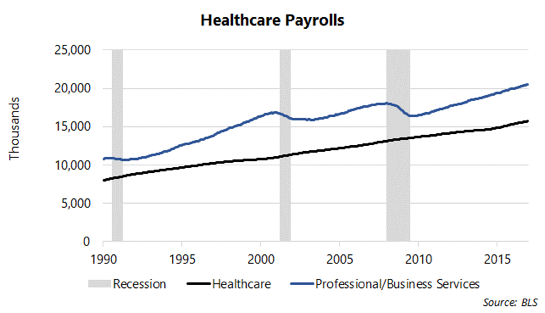
 Healthcare Hiring: Size Versus Composition.
Healthcare Hiring: Size Versus Composition.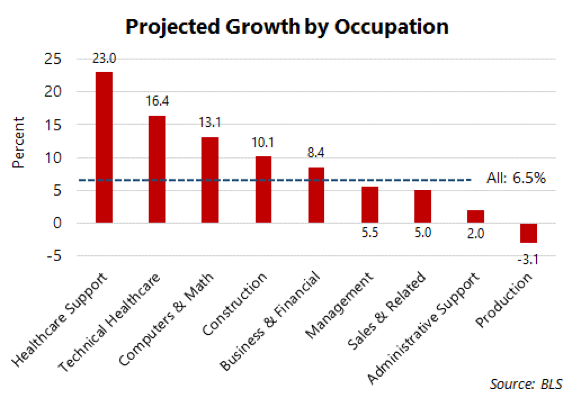 Our best information remains forecasts that the
Our best information remains forecasts that the 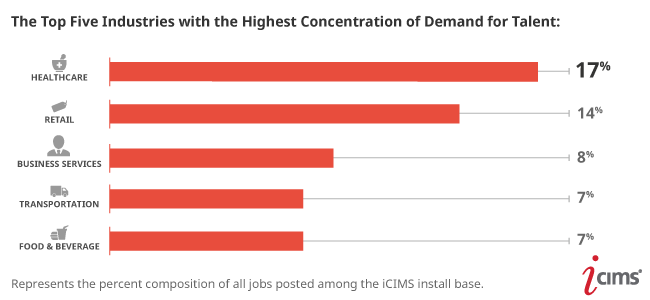
 Josh Wright is Chief Economist at
Josh Wright is Chief Economist at 
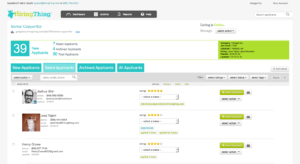




 If we’re being honest, I must admit that I’m still reeling from last week’s
If we’re being honest, I must admit that I’m still reeling from last week’s 
 Peter Cummings started working life as a chef and restaurant professional, before teaching himself coding and making the leap into software development.
Peter Cummings started working life as a chef and restaurant professional, before teaching himself coding and making the leap into software development.
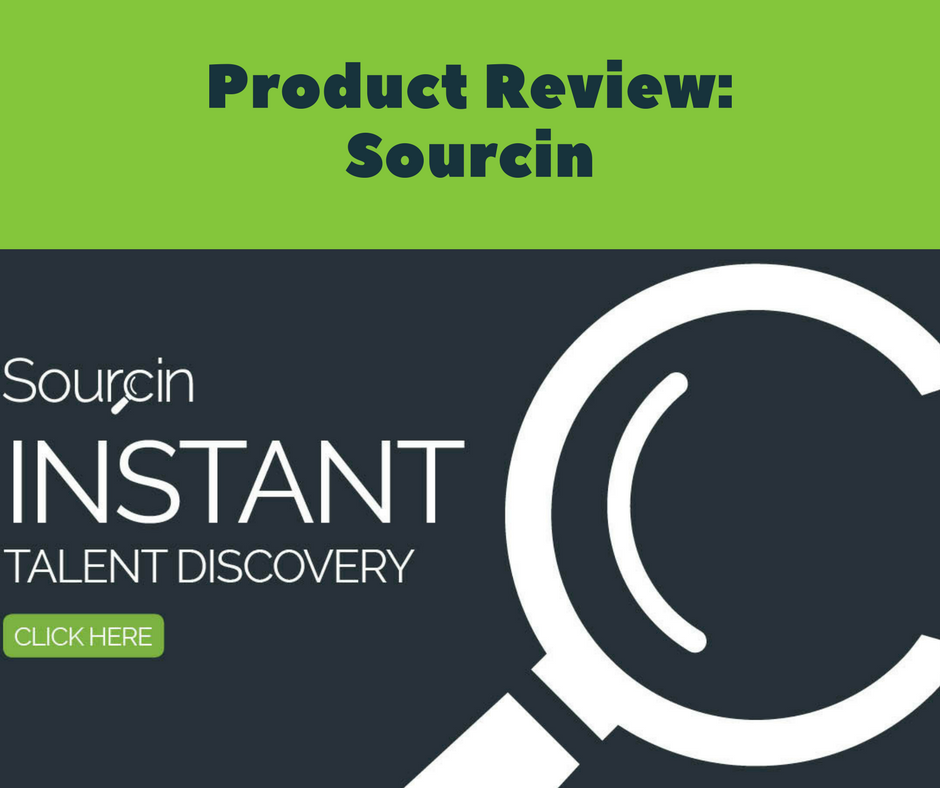
 Weekly, people ask me, “How can I find phone numbers?” You can find my answer in the
Weekly, people ask me, “How can I find phone numbers?” You can find my answer in the  About the Author: Dean Da Costa is a highly experienced and decorated recruiter, sourcer and manager with deep skills and experience in HR, project management, training & process improvement.Dean is best known for his work in the highly specialized secured clearance and mobile arenas, where he has been a top performing recruiter and sourcer.
About the Author: Dean Da Costa is a highly experienced and decorated recruiter, sourcer and manager with deep skills and experience in HR, project management, training & process improvement.Dean is best known for his work in the highly specialized secured clearance and mobile arenas, where he has been a top performing recruiter and sourcer. 
 As I talked about in
As I talked about in 




 Dan Piontkowski is a fun loving guy that has spent too long in the recruiting and sourcing world waiting to figure out what to be when he grows up.
Dan Piontkowski is a fun loving guy that has spent too long in the recruiting and sourcing world waiting to figure out what to be when he grows up.